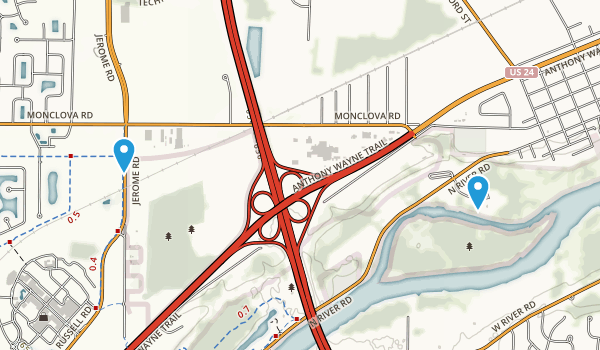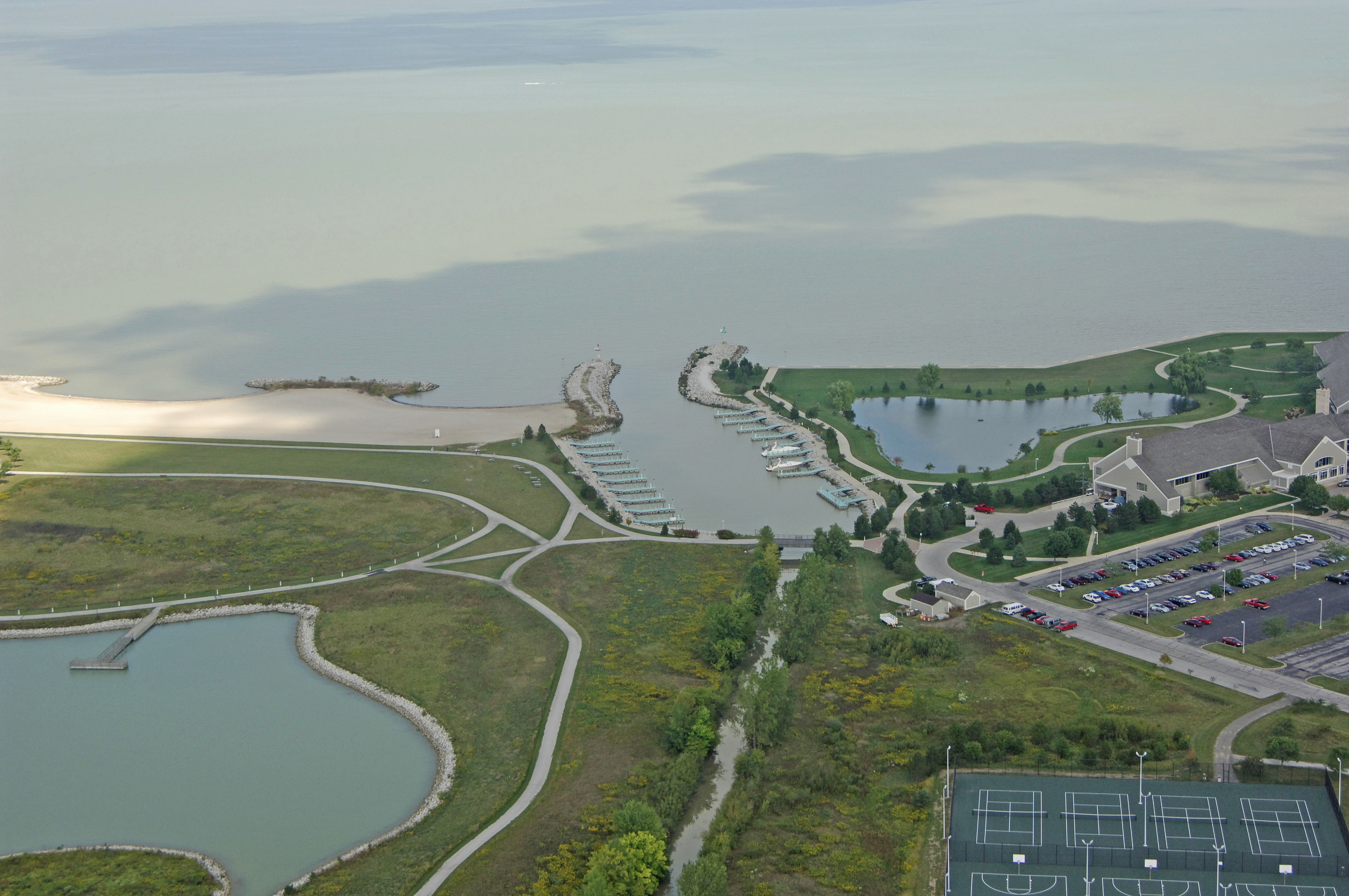
Large flocks of migrating tundra swans, spend the winter in the area. Local giant Canada geese, along with a small population of wintering migratory geese, will stay through the winter in the vicinity of Magee Marsh. Early flights of pintails, mallards, and black ducks follow the freeze line. Spring flights of migrating waterfowl become apparent after the frozen marshes begin to thaw in March. These shallow marshes may start to freeze over late November, while Sandusky Bay and Lake Erie remain open.This open water, combined with an abundance of waste cereal grains in nearby fields, tends to hold relatively large populations of ducks and geese in the area until late in the hunting season. Lesser numbers of redheads, scaup, buffleheads, ruddy ducks, and canvasbacks also frequent Magee Marsh during migration.įall duck populations usually peak around mid-November. Other common species found in Magee Marsh include pintails, wigeon, shovelers, blue-winged teal, wood ducks, ring-necked ducks, and red-breasted mergansers. Wildlifeĭuring fall migration, thousands of Canada geese, mallards, black ducks, gadwall, and green-winged teal will use this portion of Lake Erie’s Western Basin marshes. Between 9,000-11,000 goslings were produced on these areas annually, making Ohio’s goose production program the most successful in the nation. Other goose management areas included Killdeer Plains, Mercer, and Mosquito wildlife areas. During the 1960s, a small flock of Canada geese was released and goose nesting tubs were erected at Magee Marsh as part of Ohio’s Canada goose reintroduction program. The primary responsibility at Magee Marsh is the development and maintenance of high-quality wetland habitat for a diverse array of wetland wildlife species. The marsh complex has historically been inhabited by large numbers of waterfowl, waterbirds, shorebirds, and songbirds. Magee Marsh Wildlife Area, purchased by the Ohio Division of Wildlife in August 1951, lies in some of Ohio’s finest remaining wetlands. Today, the region still supports some of the most intensively developed and managed waterfowling clubs in the Midwest. By the mid-1900s, the entire 30,000 acres of remaining marshland along Lake Erie, from Toledo to Sandusky, was under private club ownership.

Wealthy sportsmen vied to purchase choice hunting sites, and as early as 1890 much of the wetland area was being operated for private shooting. The Lake Erie marshes gained fame during the late 1800s as some of the best waterfowl hunting areas in the United States.

This 2,202-acre controlled hunting area is located 17 miles west of Port Clinton on State Route 2, and 10 miles north of Oak Harbor on State Route 19.


 0 kommentar(er)
0 kommentar(er)
